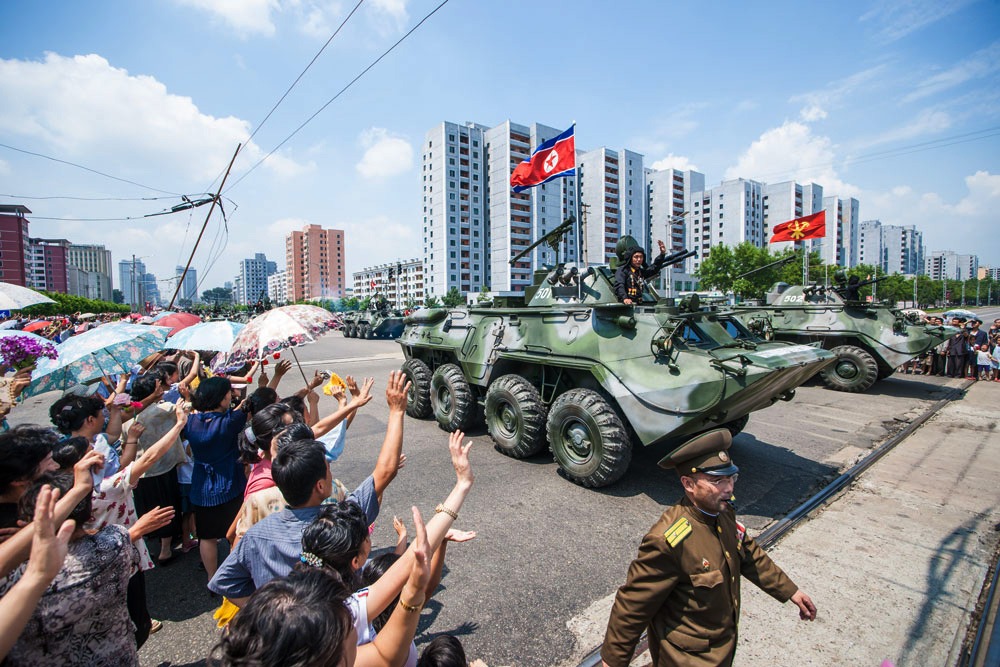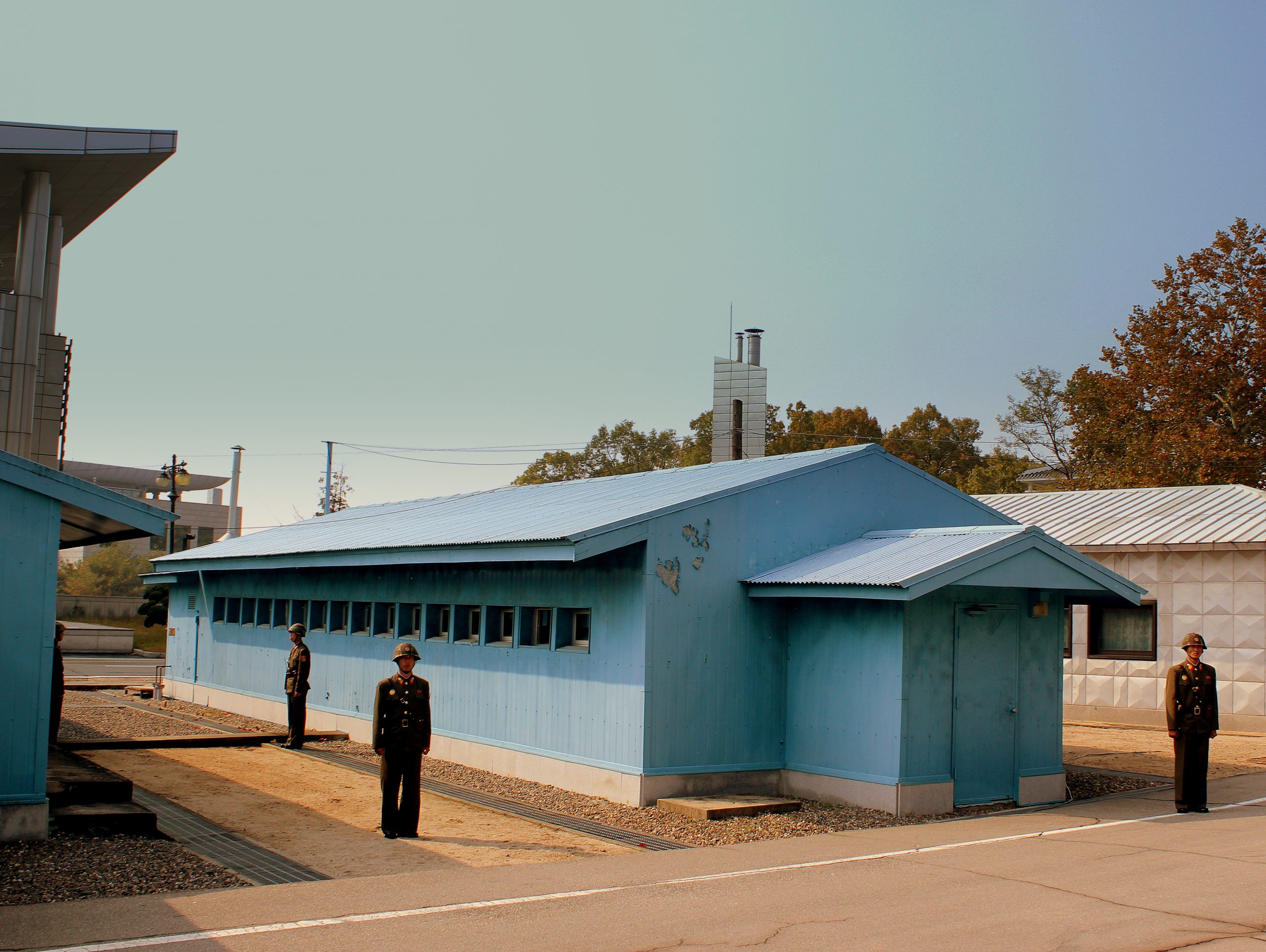North Korea’s Nuclear Doctrine under Kim Jong Un
APLN Policy Brief 51
The following is a summary. Click on the adjacent link to download the full brief.
Unlike his father and grandfather, Kim Jong Un began his reign with an unambiguous and tested first generation nuclear weapons capability, yet he has accelerated nuclear and missile testing to an unprecedented rate. More than his father’s focus on an existential nuclear deterrent to ward off foreign invasion on the Iraq model, Kim Jong Un has articulated additional goals, including raising North Korea’s stature and safeguarding its freedom of action. He has ordered the simultaneous development of a range of land- and sea-based ballistic missiles, thermonuclear weapons, more precise ballistic missiles better suited to military targeting, and a deployed nuclear force on alert that he called useable in a contingency. Why and how the younger Kim ordered the development of his nuclear arsenal provide insights into his nuclear doctrine. The paper concludes with specific meaning for military planners, diplomats, and political leaders.
About the Author
Patrick McEachern is a Council on Foreign Relations International Affairs Fellow in Residence at the Wilson Center in Washington, DC. He has served as a US Foreign Service Officer for 15 years, including diplomatic assignments in Seoul and Tokyo. He is co-author of North Korea, Iran, and the Challenge to International Order (Routledge, 2017), Inside the Red Box: North Korea’s Post-totalitarian Politics (Columbia University Press, 2010), and several journal articles on North Korea.
Image: Pixabay stock, Victoria Borodinova.




